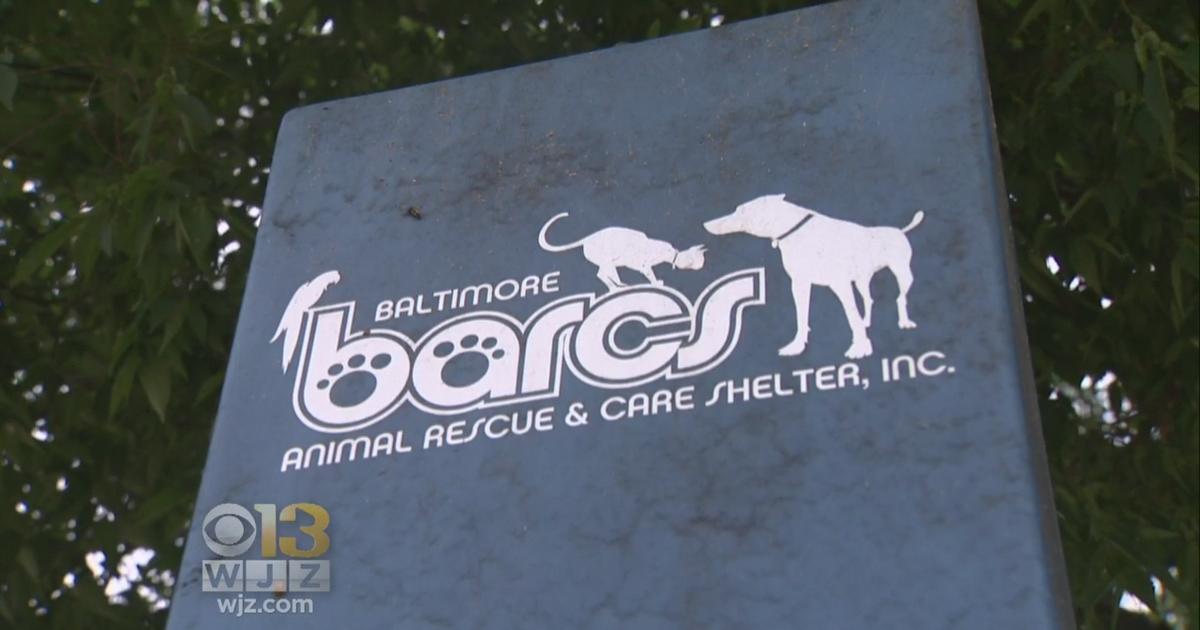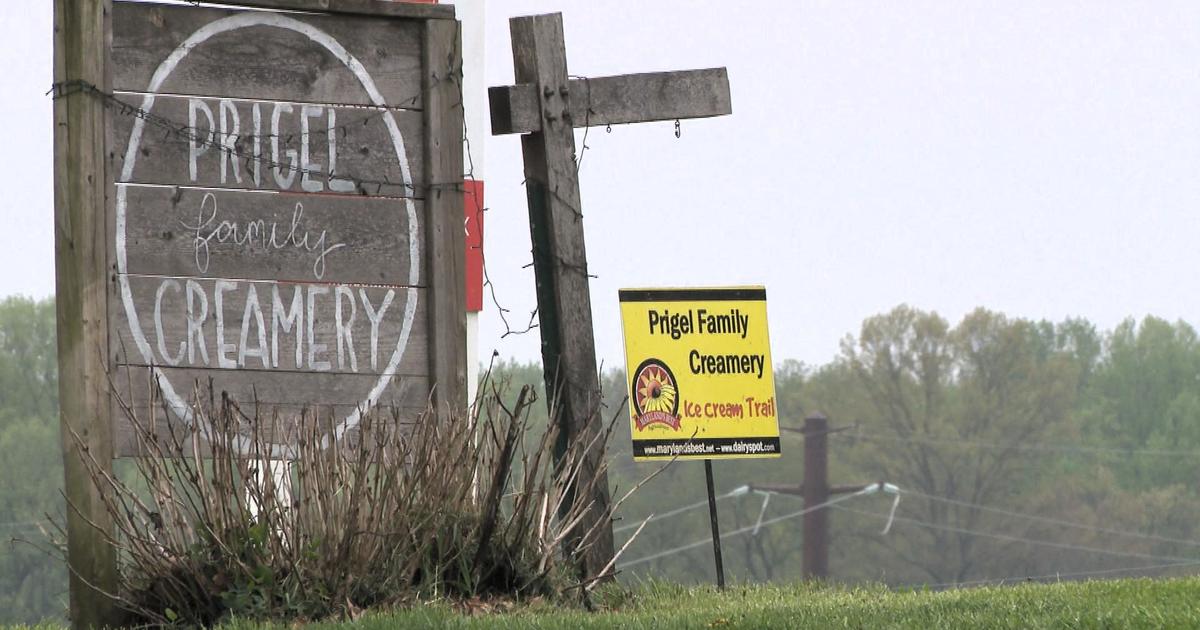Bay Restoration Ahead Of Schedule, Funding Tight
BALTIMORE (AP) -- The federally led strategy to restore the Chesapeake Bay is ahead of schedule for two of three key pollutants, although the cleanup is being held up in some areas by budget concerns, the Environmental Protection Agency said in two reports released Friday.
Reducing nitrogen and sediment pollution is ahead of schedule, while phosphorus reduction is behind schedule. The three are the key pollutants in the bay. Nitrogen and phosphorus come from sources including sewage, fertilizer, auto and power plant emissions. Once they enter the Chesapeake and waterways that feed the bay they can spur oxygen-robbing algae blooms. Sediment that runs off lawns, development sites, farms, roads and other areas can cloud water and bury bay grasses, which provide food and habitat for a number of species.
EPA spokesman Greg Barranco said a new tracking and reporting system for phosphorus offset most of the reductions for the pollutant.
The reports, which detailed progress in fiscal 2011 and plans for fiscal 2012, also said that while the bay restoration effort was ahead of schedule in some areas, some planned restoration work wasn't funded. For example, the president's budget for fiscal 2011 requested $900 million for a Land and Water Conservation Fund, which eventually received $301 million.
Despite the tight budget, EPA spokesman Tom Wenz said the federal agencies involved in bay restoration were working together to prioritize where their efforts could have the most impact.
One area that saw increases was the number of monitoring stations around the bay and in waterways that lead to the Chesapeake.
Jim Edwards, acting director of the EPA's Chesapeake Bay Program, said 40 new monitoring stations have been added in fiscal 2011 and 2012, particularly in the upper reaches of the bay and areas that are purely urban or agricultural. Those sites will allow researchers to get a better idea of whether steps being taken to control pollution are actually having an effect, Edwards said.
The reports were issued on the deadline for states to submit their second round of plans for meeting bay restoration goals. The plans are the second set submitted by the six bay watershed states and include how they plan to achieve pollution reductions on the local level.
The states in the Chesapeake watershed are Maryland, Virginia, Pennsylvania, West Virginia, Delaware, and New York.
(Copyright 2012 by The Associated Press. All Rights Reserved.)



